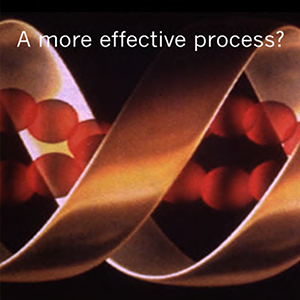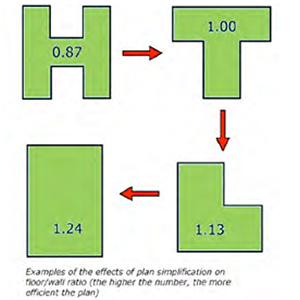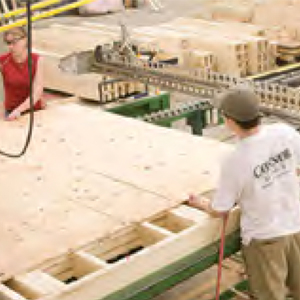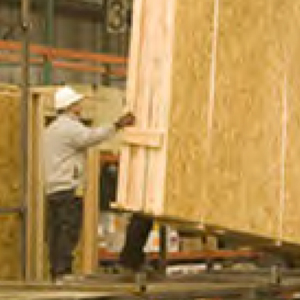- The delivery of highly sustainable yet affordable buildings is achieved by adopting innovative design and procurement approaches which properly consider cost and which facilitate the construction process. The design approach was developed from North American and Scandinavian construction process and best practice.
- Eco-Res is the single entity which employs and manages a select group of like minded sub consultants, to deliver the total integrated design service.
- Design and procurement are carefully managed and involves the early collaboration with key subcontractors / suppliers to validate costs at an early stage.
Eco-Res work with a number of key subcontractors/ suppliers and key work package costs are made available to main contractors during any tender process. Contractors may or may not choose to use these sub-contractors/ suppliers but a real cost for key work packages establishes a benchmark for project costs. These key work packages may constitute 60% of any construction project.
Our approach does not involve commitment to a single source supply of the building shell or other key components. This provides resilience within the procurement process and allows all key works packages to be tendered.
- A variety of strategies are adopted which produce marginal cost benefits in themselves, but collectively deliver a 10 – 15% reduction in overall cost compared to an equivalent, conventionally designed, and constructed scheme. Some of our strategies are:
Offsite manufacture of the building shell is a key factor, other components are manufactured off site where appropriate.
Simple plan forms generate savings. Narrow fronted, deep plan dwellings are a more cost efficient in energy use.
The building fabric is designed to facilitate the easy installation of services and provide future adaptability. Floor cassettes typically incorporate open web floor joists so services are easily routed through the floor voids. External walls incorporate service voids behind plasterboard linings and timber / metal stud internal partitions allow early routing of service drops.
Modularity – buildings are dimensioned to accept standard component sizes, e.g.: full height plasterboard sheets. No cutting and no waste.
Time is paramount in construction and design / detail, decisions are made with regard to time involved in carrying out work rather than de-specifying a product.
Labour costs – material costs in a typical construction process are 60% – 40%.
Programme – The use of offsite manufactured buildings shell allows early completion of a weathertight building envelope and early access for 1st fix services. Significantly reducing the construction programme and preliminaries costs.



Construction must embrace technology. While other industries have radically modernised their processes, construction remains one of the most stagnant industries in the world, using many of the source methods first used in the 19th century.
Productivity is falling and the construction workforce shrinking. Lack of technology is pushing up construction costs amid falling commodity prices.
In 2017 70% of construction companies allocated less than 1% of their income to technology.
The construction sector needs to move to a modern manufacturing model, permanently based Offsite in controlled conditions. The new construction paradigm should be technologically advanced, systematic and vertically integrated.



